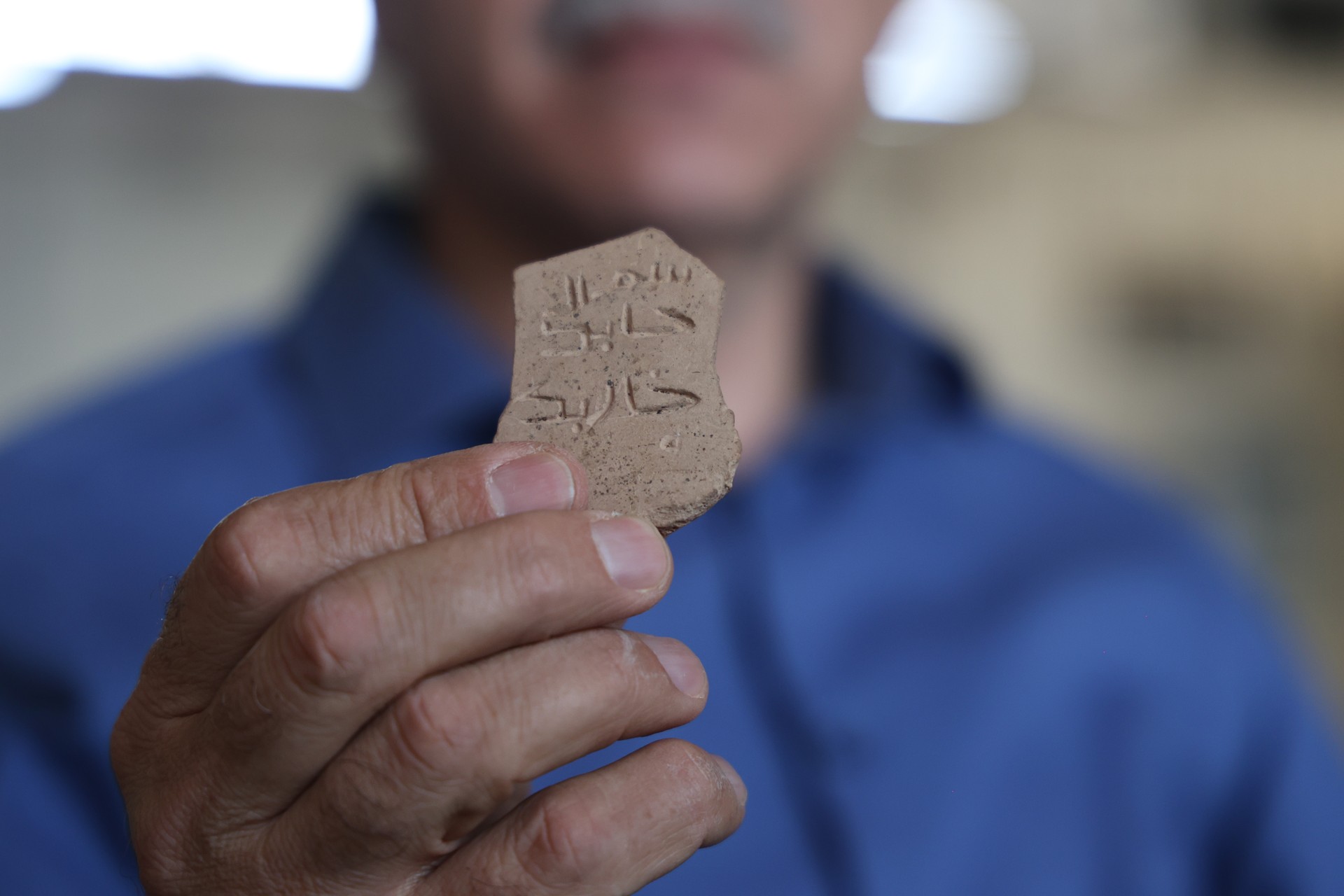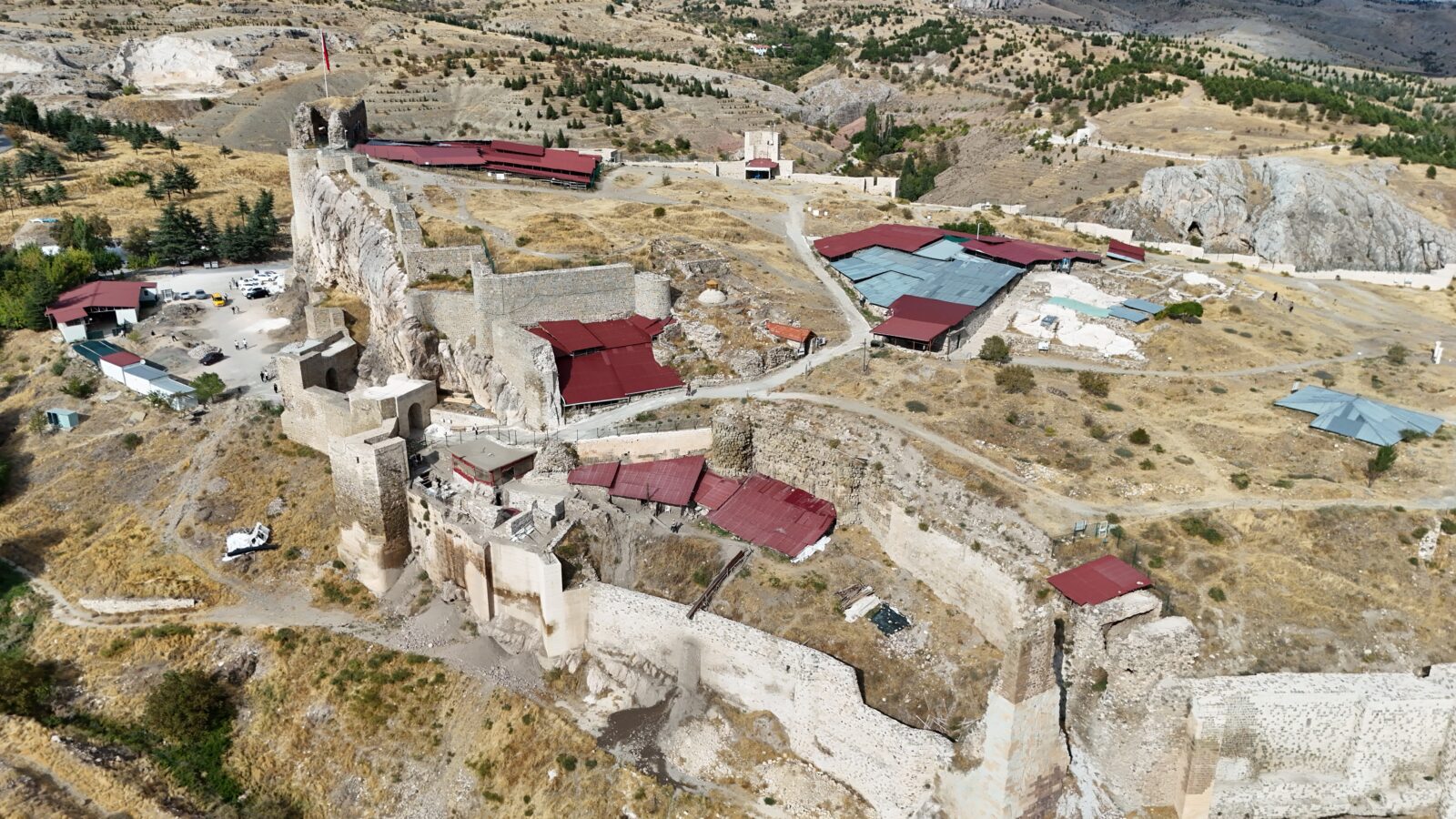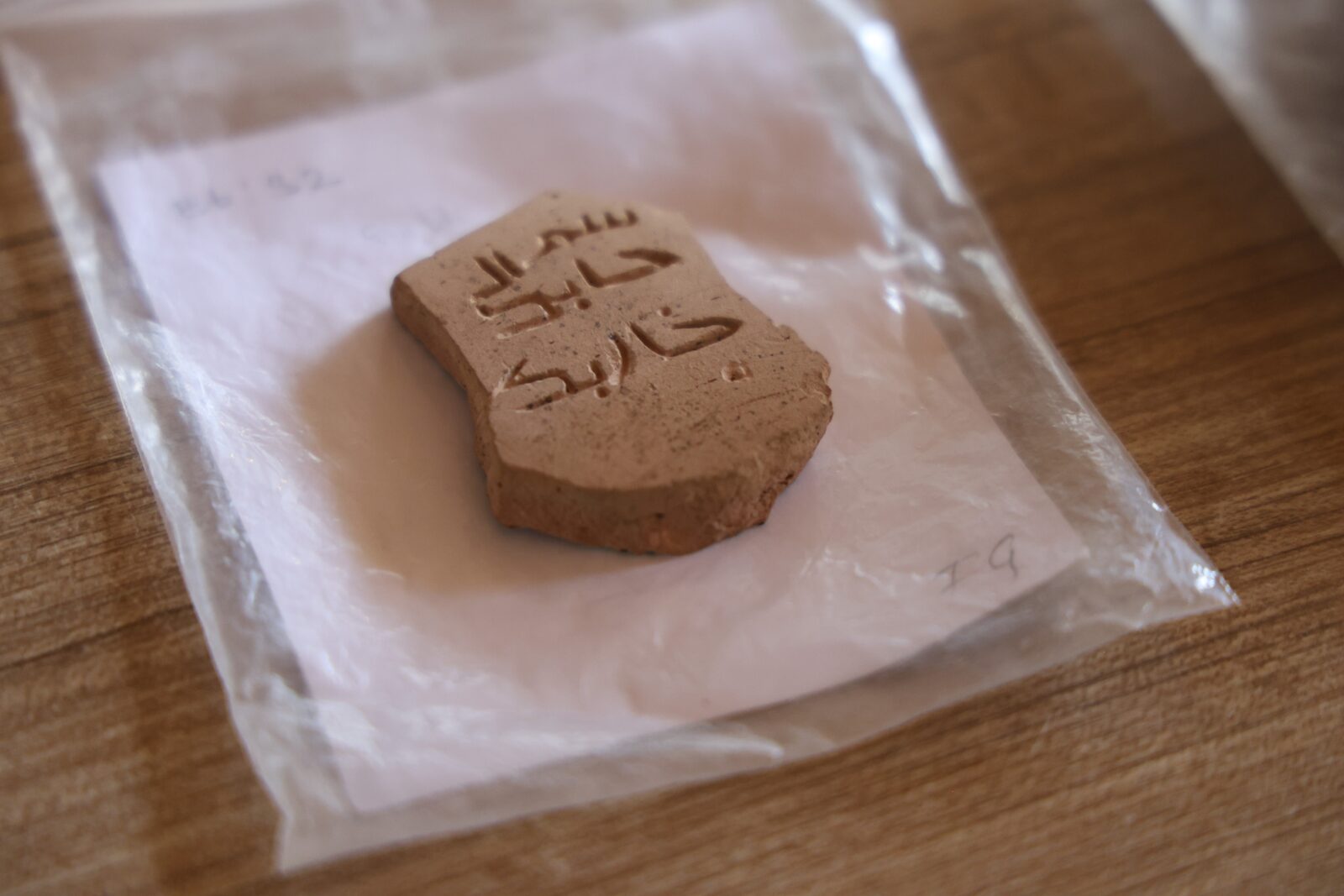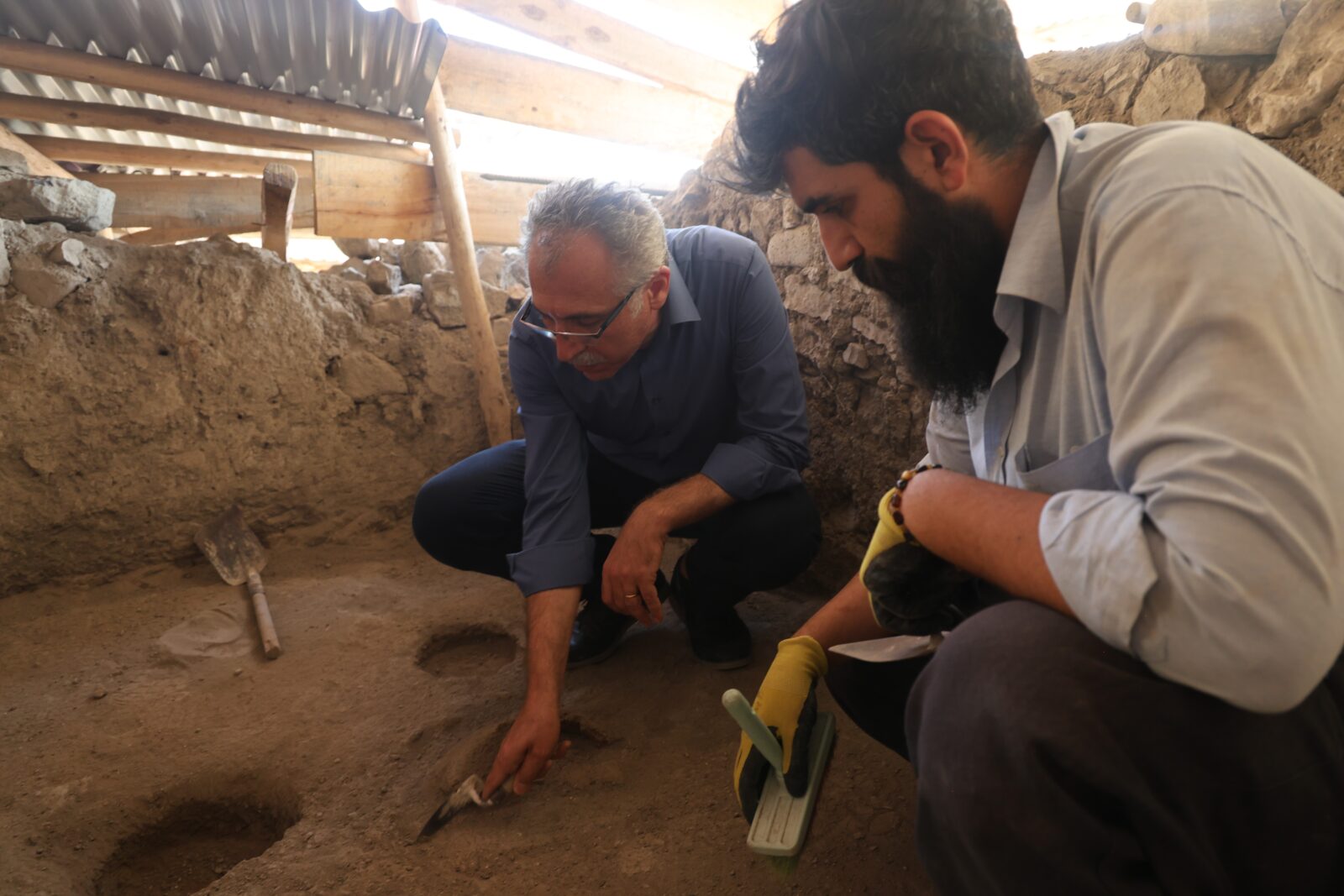
Recent archaeological excavations at Harput Castle in Elazig have revealed significant findings, including an inscription bearing the name of a Seljuk artisan and evidence of glazed ceramic production.
This ancient fortress, which is part of the UNESCO World Heritage Tentative List, has become a treasure trove of historical and cultural artifacts that shed light on its rich heritage.

Located in the historic Harput district, the castle has been inhabited since around 3000 B.C. and was fortified by the Urartian Kingdom in the eighth century.
Ongoing restoration and archaeological efforts, supported by the Ministry of Culture and Tourism, the Elazig Governorship, and Firat University, have been under the guidance of professor Ismail Aytac from the Faculty of Education at Firat University for the past 11 years.
These excavations have uncovered numerous historical structures and more than 100,000 artifacts.

Notably, recent discoveries include a glazed ceramic artifact from the Seljuk period, featuring intricate motifs, along with evidence of life within the castle, including glass production, metalworking, and ceramic manufacturing.
An inscription referencing a 13th-century craftsman confirms that these ceramics were produced in Harput.

Professor Aytac emphasized the significance of the discovery: “The glazed ceramics unearthed in 2022 feature the name ‘Harput’ alongside that of the artisan Ismail. This identification is crucial as it signifies that these ceramics were produced locally. Furthermore, additional materials related to kilns and clay fragments were found in groups. We are delighted to see the name of a craftsman from the 13th century.”
These findings not only contribute to our understanding of the Seljuk era but also enhance the historical narrative of Harput Castle, a site that continues to reveal its cultural richness through ongoing research and excavation.